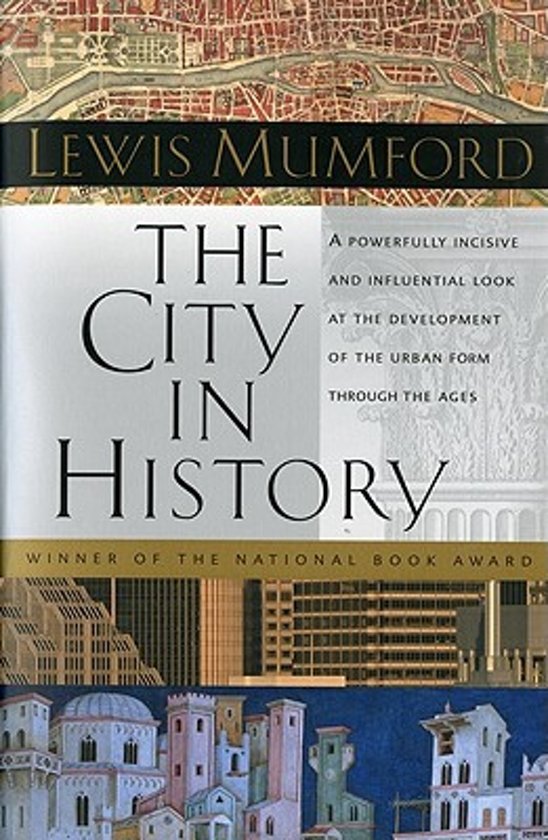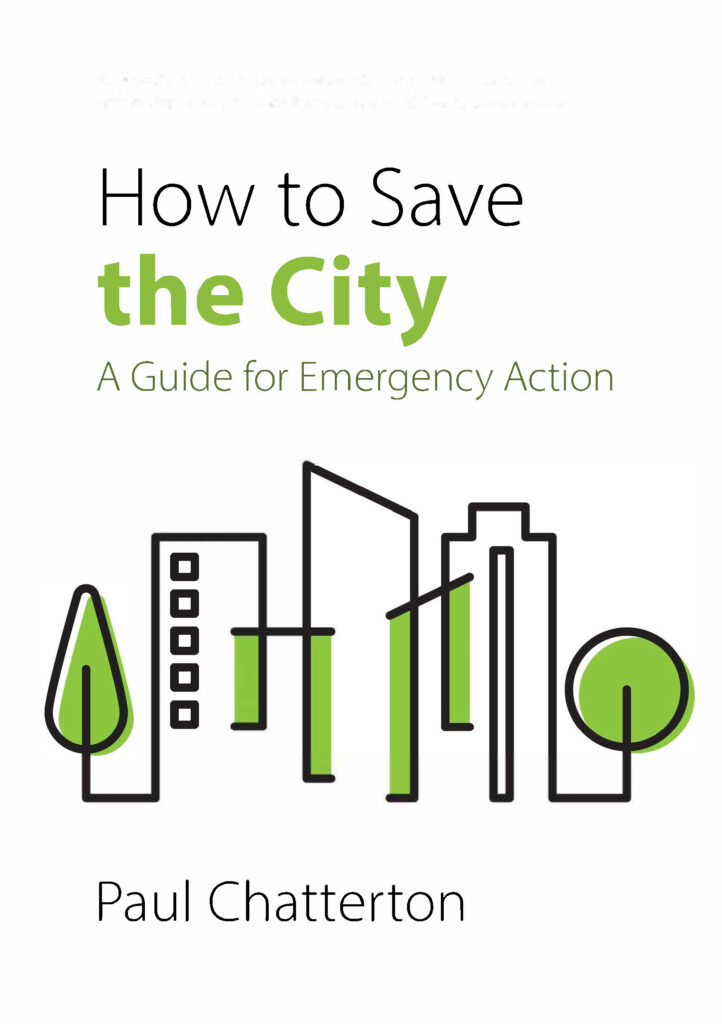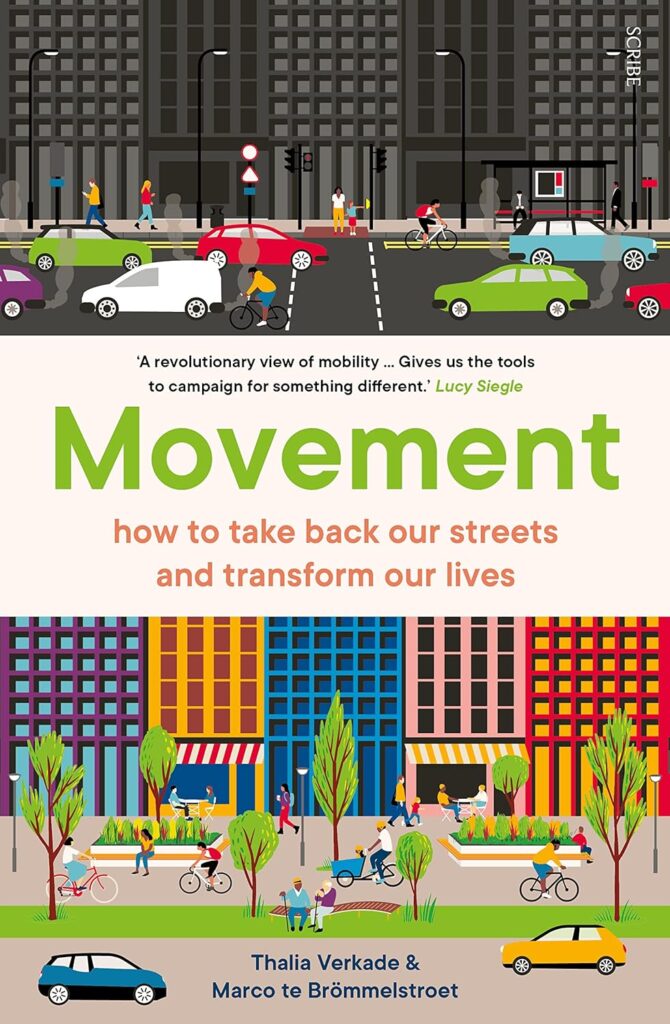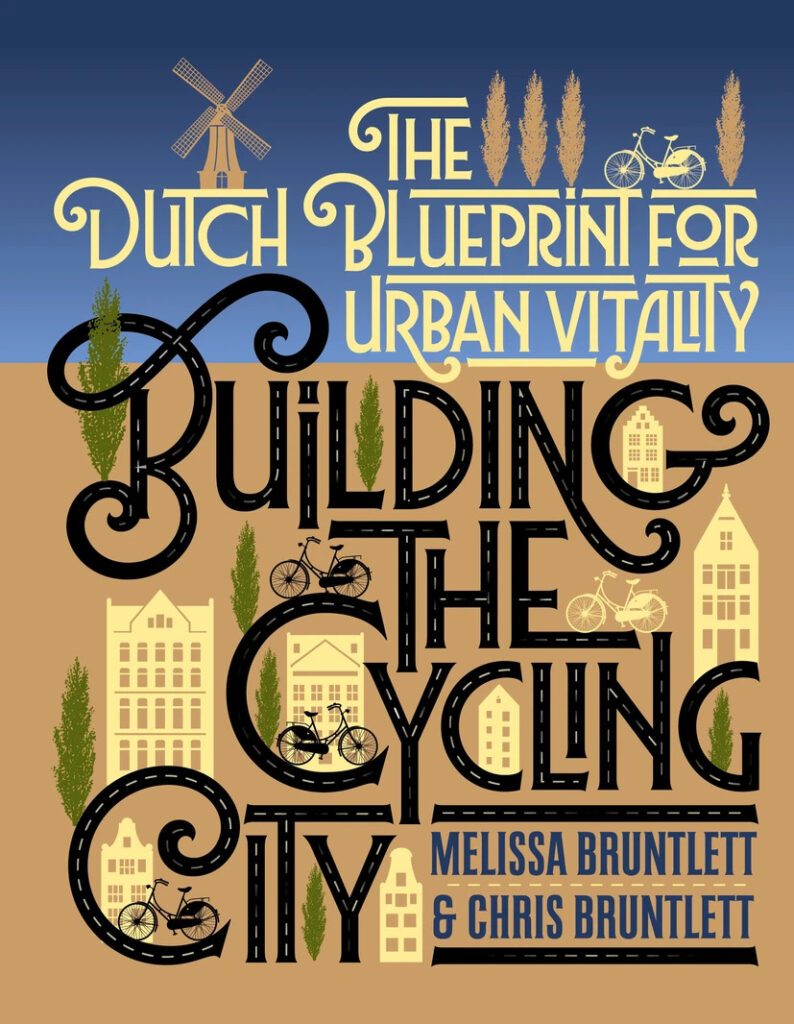The assumed right of the private motor car to go any place in the city and park anywhere is nothing less than a license to destroy the city.
L. Mumford (1961, p. 1)
The time is approaching in many cities when there will be every facility for moving about the city and not possible reason for going there.
L. Mumford (1961, p. 430)

What is it about?
Lewis Mumford provides the reader with an in-depth, detailed history of the city in no less than 576 captivating pages. From its first emergence, the citadel, the medieval city, the baroque city and the metropolis. His observations take the form of an arc in which the city is presented as an important, organically grown platform on which humanity could thrive.
“In taking form, the ancient city brought together many scattered organs of the common life, and within its walls promoted their interaction and fusion. […] By means of the order so established, large bodies of men were for the first time brought into effective co-operation.[…] Through its concentration of physical and cultural power, the city heightened the tempo of human intercourse and translated its products into forms that could be stored and reproduced. […] Many parts of this fabric are still essential to effective human association.”
L. Mumford (1961, pp. 568-569)
But he sees the increasing focus on the city as a mechanical phenomenon, with growth and increasing circulation as main system goals as a very problematic state of affairs.
Today the physical dimensions and the human scope of the city have changed. […] Ours is an age in which the increasingly automatic processes of production and urban expansion have displace the human goals they are supposed to serve.
L. Mumford (1961, p. 570)
One of the key underlying mechanisms of this dramatic turn that Mumford discusses is transportation that changed from a necessary consequence of the city, happening in the spaces in between residential blocks, became a purpose in itself. With the introduction of wide avenues, linked to seeing the ideal city as a matter of beautiful geometry superimposed on organic and messy urban life, this process accelerated. Mumford sees the mass introduction of the private automobile as the effect of this, but also as as phenomenon that degraded the city, and the life if its citizens: dispersing them into the randomly scattered spaces in the suburbs (the ‘anti-city) and isolating the individual from social encounters. The costs of keeping the machine of capitalism running are expressed in anxiety, stress, fatigue, boredeom and loneliness of driving the car (next to huge investments in what Mumford calls ‘metropolitan man-sewers’, costs of energy used to move vehicles, environmental degradation, etc). But, all is not lost…
The task of the coming city is not essentially different: its mission is to put the highest concerns of man at the center of all his activities: to unite the scattered fragments of the human personality, turning artificially dismembered men -bureaucrats, specialists, ‘experts’, depersonalized agents- into complete human beings, repairing the damage that has been don by vocational separation, by social segregation, but the over-cultivation of a favored function, by tribalisms and nationalisms, by the absence of organic partnerships and ideal purposes. […] The city […] as an essential organ for expressing and actualizing the new human personality.
L. Mumford (1961, p. 573)
What approach does it take?
A detailed historical analysis of the emergence of the city. Mumford discussed the different phases of the city over milennia, the different forms of city life (a large description of the guild system), and the mobility between and within these settlements. The book gives the reader a spectacular base for understanding current challenges of the city, of the ongoing battle between a mechanical and organic approach to urban and mobility planning.
Who might be interested in this book?
Historians clearly can help anybody currently working on reclaiming or redefining elements of the contemporary street. The book provides lessons for how to challenge strong existing frames, although it also shows how are current predicaments are rooted in large structures of capitalism, Platonic ideas of order and our love for top down geometry. The main value is that it makes us realise that the current state of affairs is not a natural law, a given situation.
Anybody interested in change, will benefit from reading this fascinating narrative of the last time such a fundamental shift happened.
Further details
Academic discipline: History
Geographical scope: United States of America, Paris, Amsterdam, Worldwide
Relation to cycling: No mentioning of cycling (even once), but showing how mobility has been turned from a net effect of settlements into a goal in itself. Rooting the current discussions on mobility, mobility innovaties and policies in larger debates about how we approach the city, and city life. The dominant, mainstream logic of seeing the mobility system as a challenge of efficient throughput, for the sake of economic functioning and within the capitalism mindset of eternal growth. For me, this pointed to the bicycle and cycling as a way to get back to seeing mobility more as a return to other human values, to being underway with little negative impacts on those around you, to seeing social encounters not as conflict but as valuable interaction and to human motion as a meaningful in and of itself.



